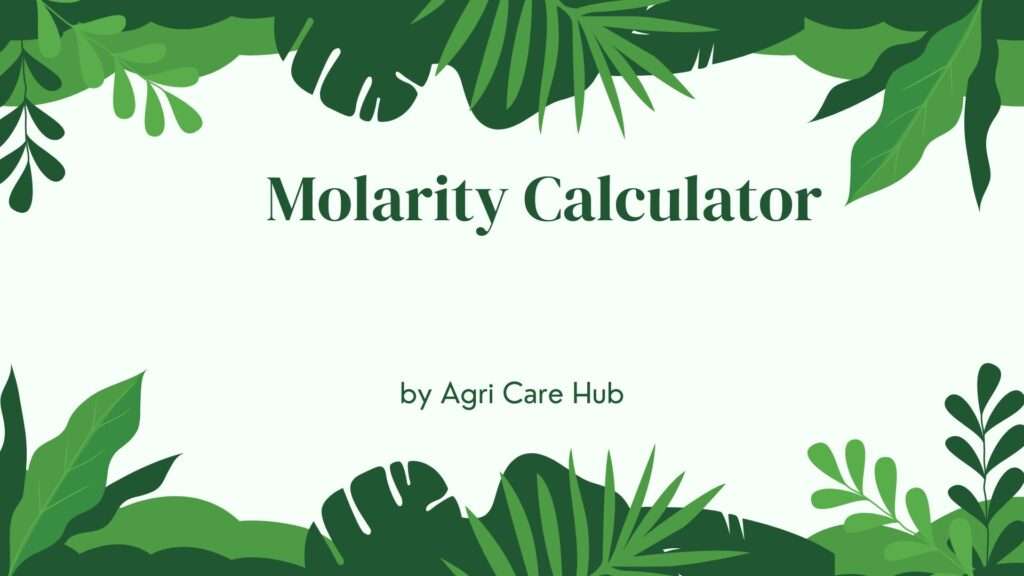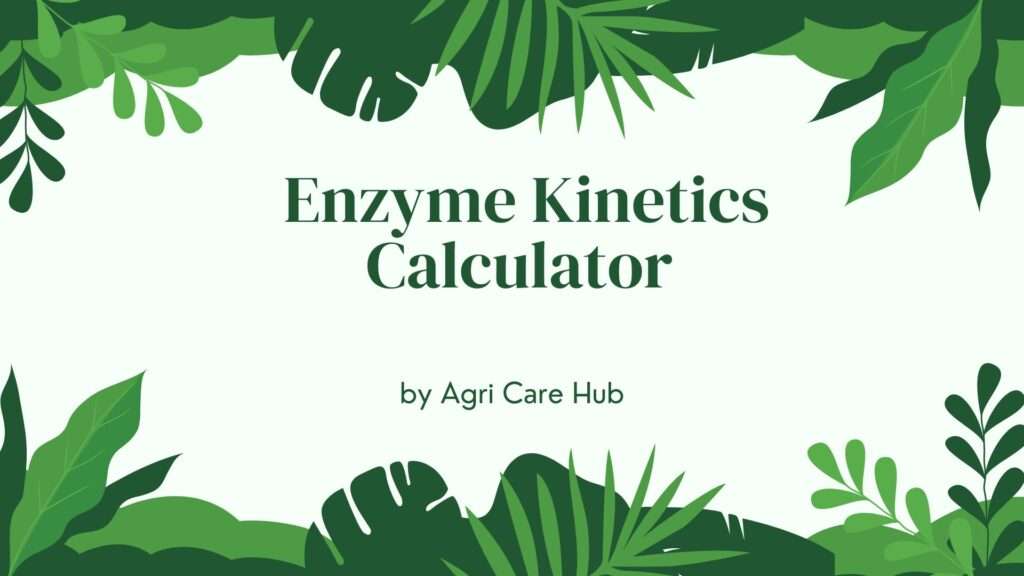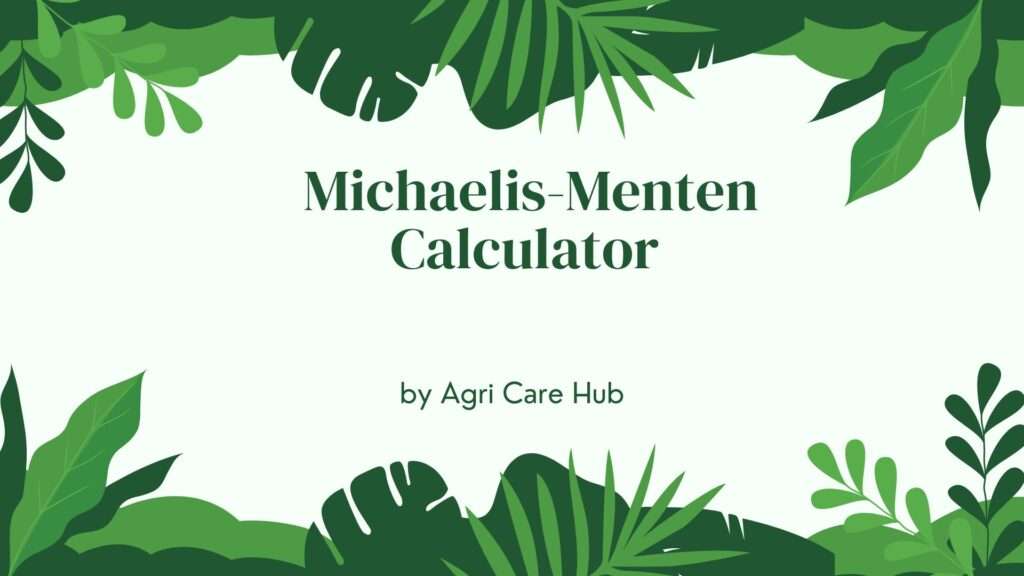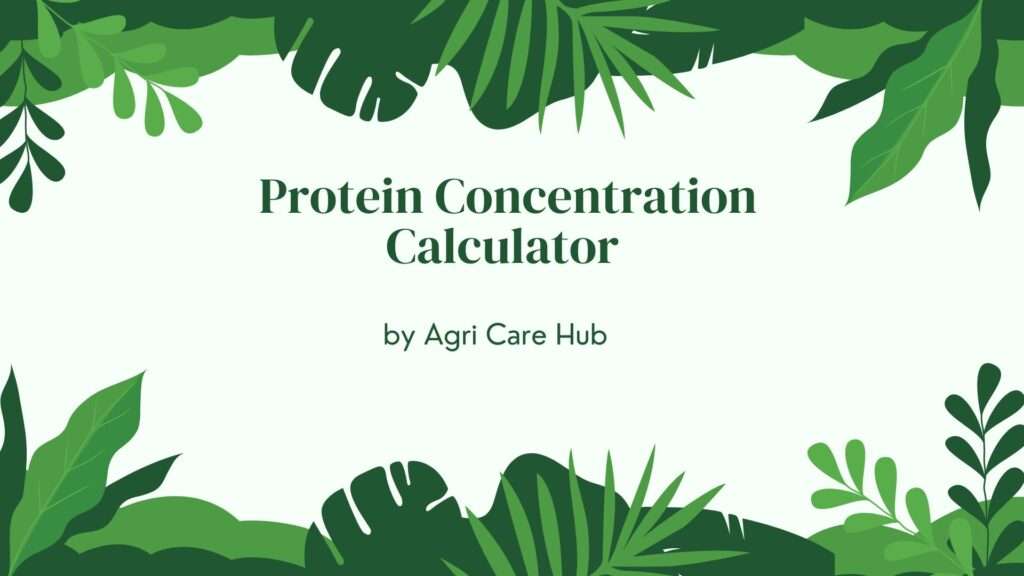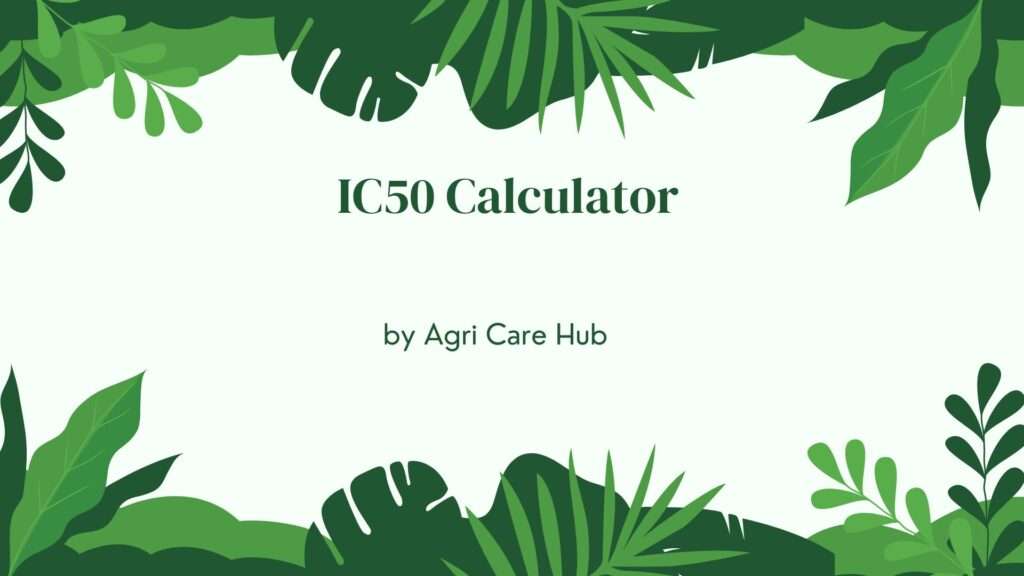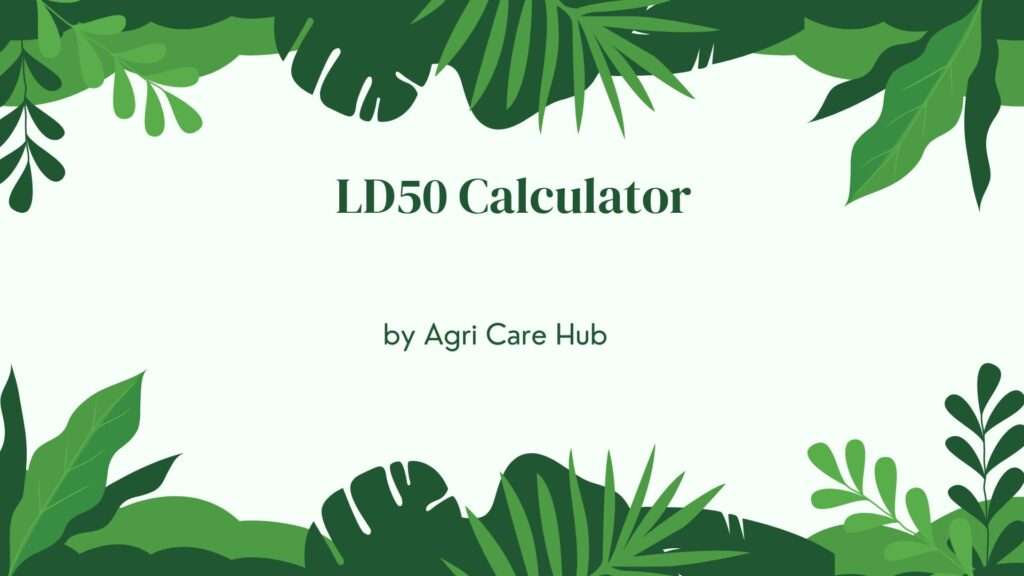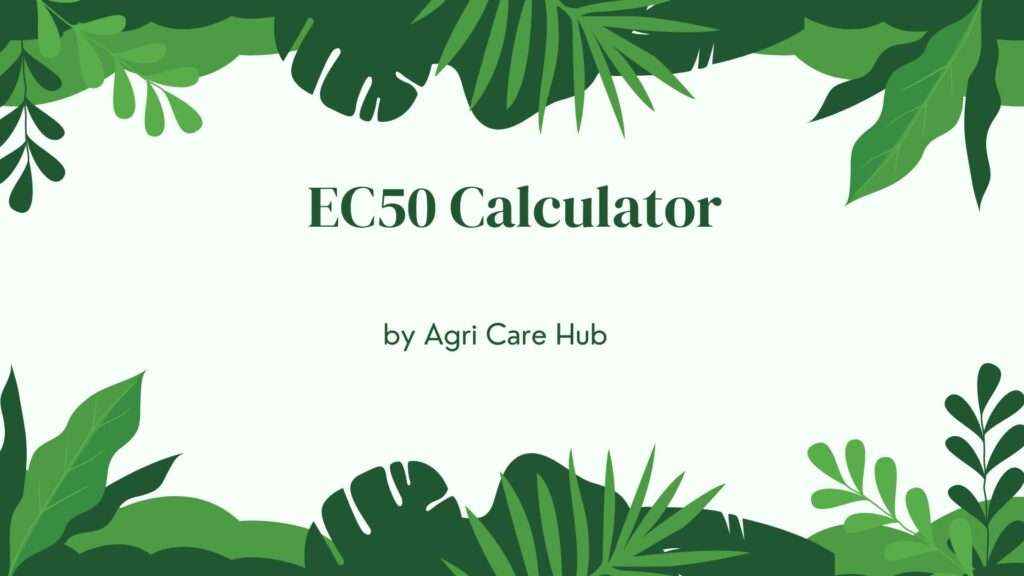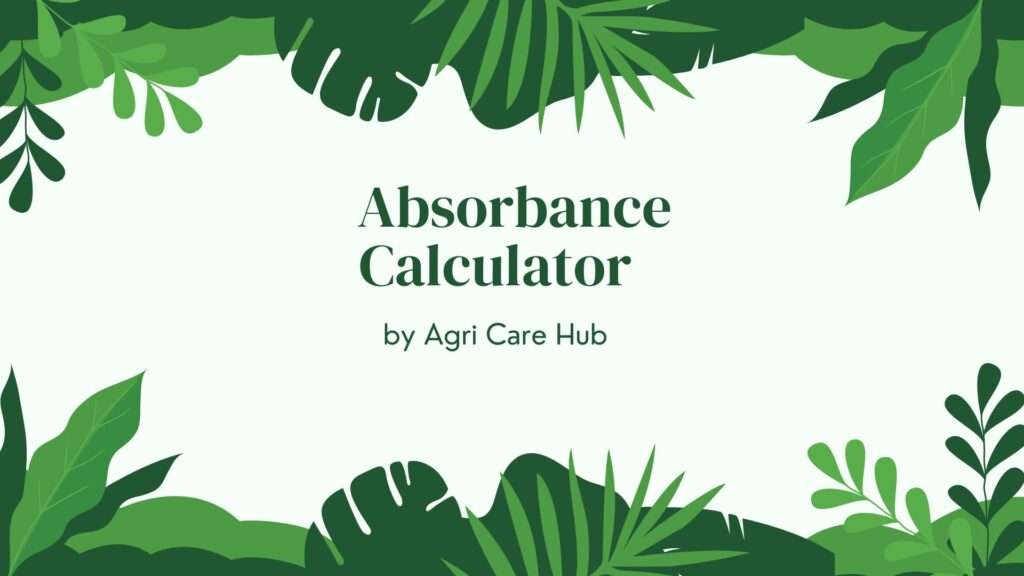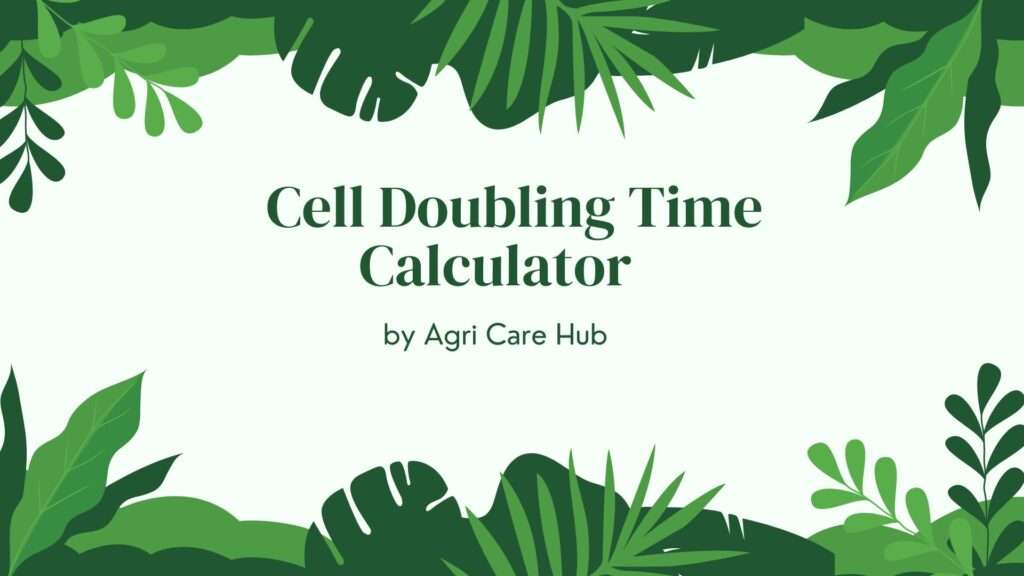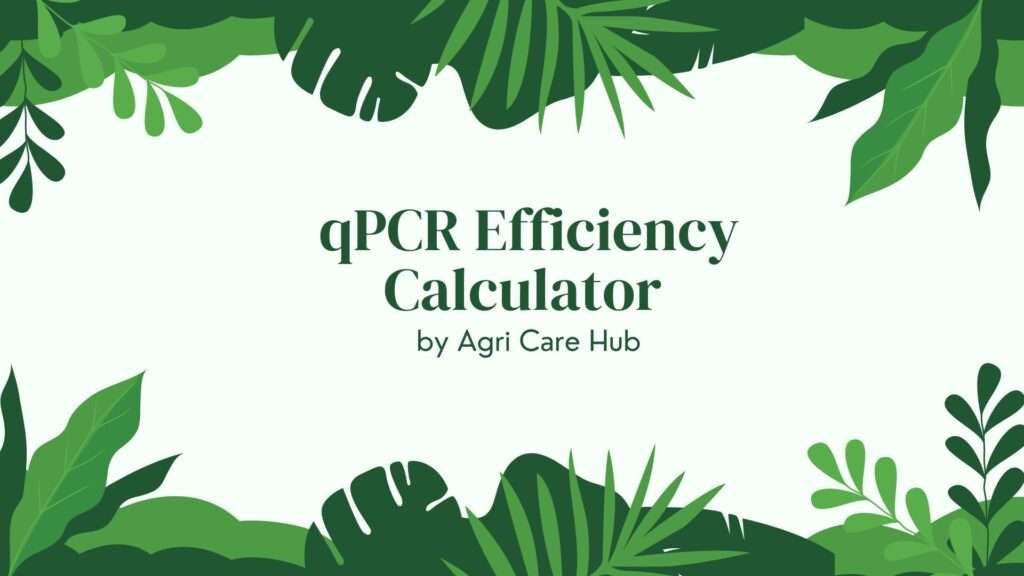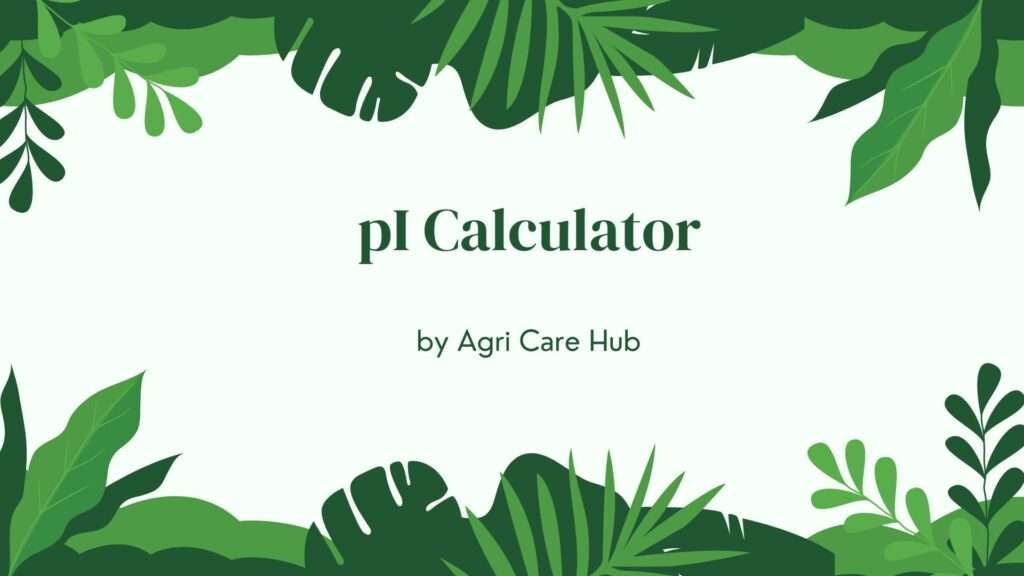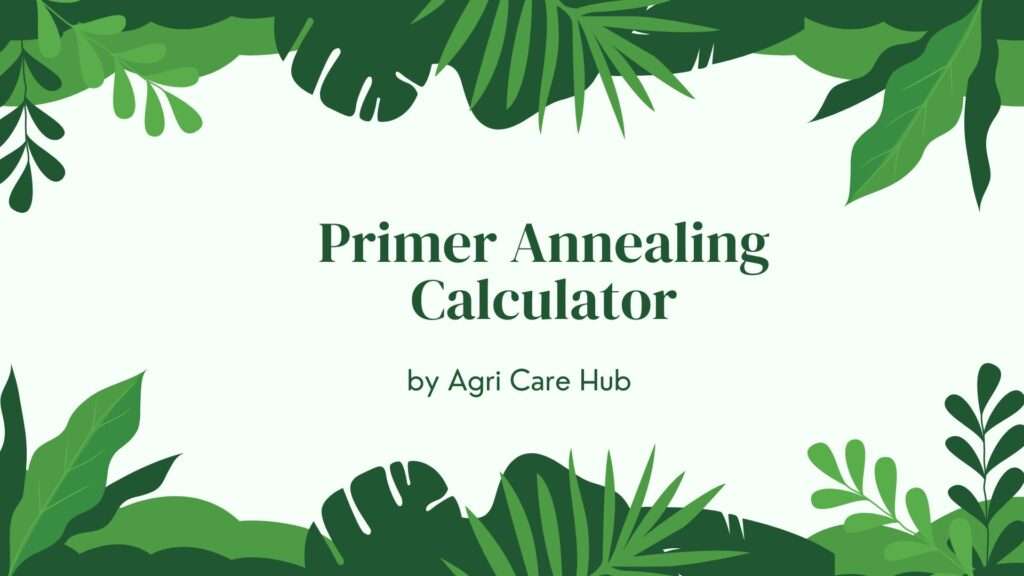Sucrose Gradient Calculator
Calculate Sucrose Gradient Parameters
Results
About the Sucrose Gradient Calculator
The Sucrose Gradient Calculator is a specialized tool designed to assist researchers, students, and professionals in molecular biology and biochemistry to calculate the parameters needed for creating sucrose gradients used in density gradient centrifugation. This technique is widely employed to separate macromolecules such as DNA, RNA, proteins, and cellular organelles based on their size, shape, and density. By inputting key parameters like total gradient volume, minimum and maximum sucrose concentrations, number of steps, and rotor type, this calculator provides precise volumes and concentrations for preparing linear or step sucrose gradients, ensuring accurate and reproducible results. For additional resources on agricultural research, visit Agri Care Hub. To learn more about the science behind sucrose gradients, check out Sucrose Gradient.
Importance of the Sucrose Gradient Calculator
Sucrose gradient centrifugation is a cornerstone technique in molecular biology, allowing researchers to isolate and purify biological components with high precision. The Sucrose Gradient Calculator simplifies this complex process by providing exact calculations for gradient preparation, reducing the risk of errors that could compromise experimental outcomes. This tool is particularly valuable for applications such as polysome profiling, viral particle purification, and organelle isolation. By automating the calculation of sucrose concentrations and volumes, it saves time, enhances reproducibility, and ensures that experiments adhere to established scientific principles. The calculator is designed to be user-friendly, making it accessible to both novice and experienced researchers.
Scientific Principles Behind the Calculator
Sucrose gradient centrifugation relies on the principle that macromolecules sediment through a sucrose gradient at rates determined by their sedimentation coefficients, which depend on their size, shape, and density. The gradient is typically created by layering sucrose solutions of varying concentrations, with higher concentrations at the bottom and lower at the top. During ultracentrifugation, particles migrate through the gradient until they reach a point where their density matches that of the surrounding sucrose, known as the isopycnic point. The Sucrose Gradient Calculator uses verified formulas to calculate the volumes and concentrations needed for linear or step gradients, ensuring optimal separation. For example, the density of sucrose solutions is calculated using the formula: ρ = 0.9982 + 0.00388C, where ρ is the density (g/cm³) and C is the sucrose concentration (% w/v). Viscosity is also considered, as it affects sedimentation rates, using empirical relationships from scientific literature.
User Guidelines
To use the Sucrose Gradient Calculator effectively, follow these steps:
- Enter Total Gradient Volume: Input the total volume of the gradient in milliliters (mL), which depends on the centrifuge tube size (e.g., 13.2 mL for SW41 rotor).
- Specify Minimum and Maximum Sucrose Concentrations: Enter the desired minimum and maximum sucrose concentrations (% w/v), typically ranging from 5% to 60%.
- Choose Number of Steps: For step gradients, specify the number of discrete layers (e.g., 5 steps). For linear gradients, use a single step.
- Select Rotor Type: Choose the appropriate rotor (e.g., Beckman SW41, SW28, or SW50.1), as this affects centrifugation parameters.
- Calculate: Click the "Calculate Gradient" button to generate the volumes and concentrations for each layer, along with recommended centrifugation conditions.
- Review Results: The calculator outputs the volume and concentration for each gradient layer and suggests centrifugation settings (e.g., speed, time, and temperature).
Ensure all inputs are accurate and within realistic ranges to avoid errors. Always prepare sucrose solutions with ultrapure reagents and verify concentrations using a refractometer if possible.
When and Why You Should Use the Sucrose Gradient Calculator
The Sucrose Gradient Calculator is essential for any researcher performing sucrose density gradient centrifugation. It should be used when:
- Purifying Macromolecules: To isolate DNA, RNA, proteins, or viral particles with high purity for downstream applications like sequencing or structural analysis.
- Studying Molecular Interactions: To analyze complexes such as polysomes or protein aggregates by separating them based on sedimentation coefficients.
- Isolating Organelles: To separate cellular components like mitochondria, ribosomes, or exosomes from crude extracts.
- Ensuring Reproducibility: To standardize gradient preparation across experiments, minimizing variability and ensuring consistent results.
The calculator is particularly useful in academic and industrial research settings, where precision and efficiency are critical. By automating complex calculations, it reduces the likelihood of human error and saves valuable time in the lab.
Purpose of the Sucrose Gradient Calculator
The primary purpose of the Sucrose Gradient Calculator is to streamline the preparation of sucrose gradients for centrifugation, ensuring that researchers can achieve high-resolution separation of biological samples. It serves multiple purposes, including:
- Simplifying Gradient Design: The calculator eliminates the need for manual calculations, providing instant results for gradient layer volumes and concentrations.
- Enhancing Experimental Accuracy: By using peer-reviewed formulas, the tool ensures that gradients are prepared according to scientific standards, improving separation efficiency.
- Supporting Diverse Applications: The calculator is versatile, supporting a range of rotor types and gradient configurations for various experimental needs.
- Educational Value: It serves as a learning tool for students and early-career researchers, helping them understand the principles of density gradient centrifugation.
Whether you’re purifying viral particles for vaccine development or analyzing polysome profiles to study translational activity, the Sucrose Gradient Calculator is an indispensable tool that enhances the quality and reliability of your experiments.
Advanced Features and Considerations
The Sucrose Gradient Calculator is designed with advanced features to cater to experienced researchers. It accounts for rotor-specific parameters, such as tube volume and centrifugation conditions, based on established protocols (e.g., Beckman SW41 rotor at 39,000 rpm for 3 hours or 27,000 rpm for 15 hours at 4°C). The tool also considers the viscosity and density of sucrose solutions, which are critical for accurate sedimentation. For example, a 60% sucrose solution has a density of approximately 1.231 g/cm³ and significantly higher viscosity than a 10% solution, affecting particle migration. The calculator provides recommendations for centrifugation times and speeds, optimized for common rotors like SW28 and SW50.1, ensuring compatibility with standard laboratory equipment.
SEO and Accessibility Considerations
To ensure the Sucrose Gradient Calculator is SEO-friendly, the tool incorporates the focus keyword “Sucrose Gradient Calculator” in the title, meta description, and throughout the content. The description is structured with clear headings (h2, h3) to improve readability and search engine indexing. The UI is responsive, adapting to various screen sizes for accessibility on desktops, tablets, and mobile devices. The clean design, with a professional color scheme (#006C11), enhances UX by making the tool intuitive and visually appealing. Error handling in the JavaScript code ensures that users receive clear feedback if invalid inputs are provided, further improving the user experience.
Conclusion
The Sucrose Gradient Calculator is a powerful, scientifically accurate tool that simplifies the preparation of sucrose gradients for centrifugation. By providing precise calculations and adhering to peer-reviewed methodologies, it ensures reliable results for a wide range of applications in molecular biology and biochemistry. Whether you’re a student learning the basics of centrifugation or a seasoned researcher purifying complex biological samples, this tool offers unmatched convenience and accuracy. Explore additional resources at Agri Care Hub and deepen your understanding of Sucrose Gradient techniques to enhance your research.

